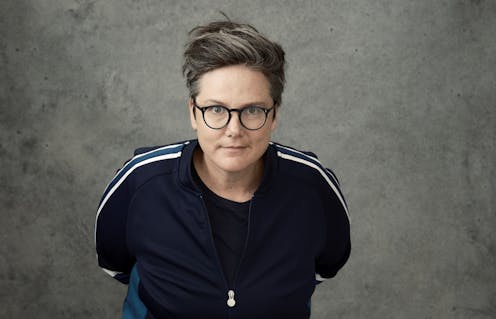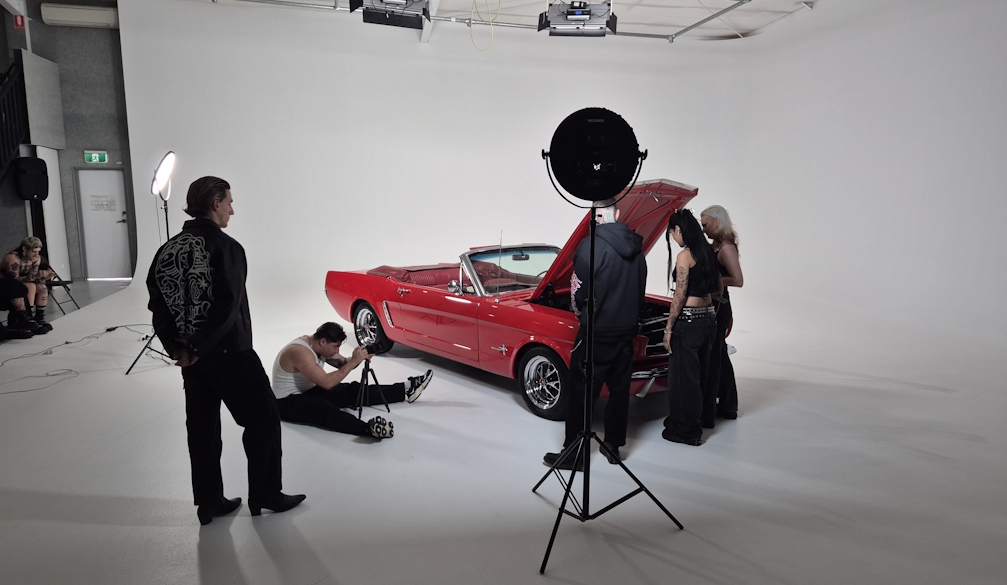Hannah Gadsby navigates the mirror maze of trauma as an autistic, gender queer comedian
- Written by Clem Bastow, PhD candidate, RMIT University

There is a moment in Hannah Gadsby’s Ten Steps To Nanette[1] that spoke so eloquently about an experience I have never quite been able to articulate that I had to put the book down and go make a cup of tea. Recalling her upbraiding by an art teacher following her submission of a fact-filled essay, Gadsby writes:
I felt ashamed that I hadn’t understood what had been expected of me, and even more ashamed by the fact that art on its own apparently didn’t make me ‘feel’ anything. I understood that art made other people feel things, and I thought that if I could understand what it was that made the feeling happen then I would be able to have the feelings too.
Review: Ten Steps to Nanette – Hannah Gadsby (Allen & Unwin)

















